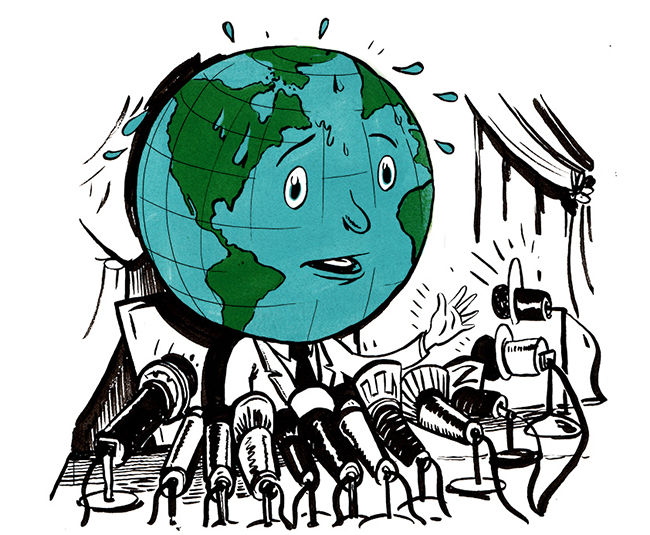ZEITGUIDE to MODERN DAY SLAVERY

ZEITGUIDE “Global Affairs” Image by Kristofer Porter
Passover, which begins Monday evening, always feels like a bittersweet holiday. It celebrates the emancipation of the Israelites from bondage in ancient Egypt—but is therefore inextricably linked to the memory of the horrors of slavery.
More than 3,000 years later, slavery remains an intractable global crisis. Some estimates suggest there are nearly 29 million people being bought and sold around the world for labor or sex. That means 1 in every 250 humans on this planet are victims of this atrocity.
And just this past Tuesday, Secretary of State John Kerry gave a speech on modern slavery during the annual meeting of the President’s Interagency Task Force to Monitor and Combat Trafficking in Persons. The next day, Pope Francis publically decried slavery as “a crime against humanity.”
What do we know about the scale of contemporary slavery?
- 78% of human trafficking is forced labor; the remaining 22% is sex trafficking.
- It is a $32 billion dollar industry.
- 26% of these victims are children.
- The age of a person forced into the sex trade is typically between 12 and 14.
One of the most interesting elements in Kerry’s talk was how many more slaves there are than we previously thought. Last year, estimates were 6 million. Now that number is between 21 and 29 million. This is not necessarily because 15-plus million people became new victims, but because the task force is able to find, collect, and analyze data like never before.
What do we do?
ZEITGUIDE Fellow Melanie Cornwell told us about the great work Daniel Kaufman of DARPA is doing, driving the creation of a next-generation search engine dubbed Memex (a portmanteau of memory and index). The idea is to crawl, track, and decipher domains in the Deep Web—the 96% of the Internet that isn’t indexed by Google and a hot spot for criminal activity like human trafficking. Thorn, Ashton Kutcher’s nonprofit that partners with large internet companies, is specifically researching how technology is used in the exploitation of children and finding ways to disrupt it.
Businesses, for their part, are recognizing the risk of finding slavery or forced labor anywhere in their supply chain. Apple, for example, is still under the microscope for its supplier’s factory labor conditions in China.
There’s not only momentum, but also a global consensus, building around finding new ways to combat human trafficking. As Secretary Kerry put it: “These are not just American values, they are universal values.”
——-
On a lighter note, The New York Times’ T Magazine included ZEITGUIDE 2014 in its Take Two dueling reviews of all things new. Kelis, the Grammy-nominated pop star and Le Cordon Bleu-certified chef, called ZEITGUIDE 2014, “It’s super easy to read. They don’t use confusing words that I have to think hard about when I’m just trying to figure out what the hell’s going on with, like, video games or whatever.” Happy to help, Kelis.
Get ZEITGUIDE 2014 here.
Keep Learning,
Brad Grossman
Founder, Grossman and Partners
Creator, ZEITGUIDE
